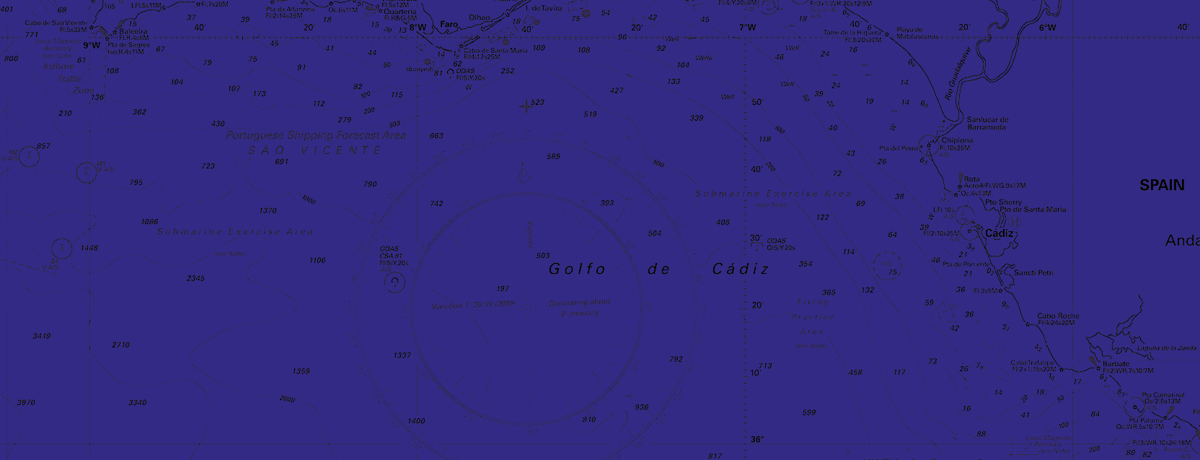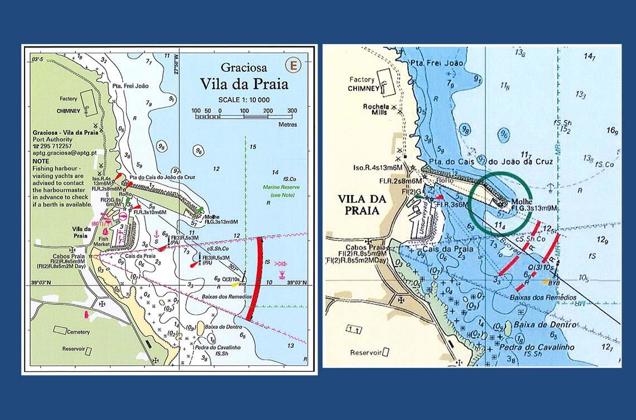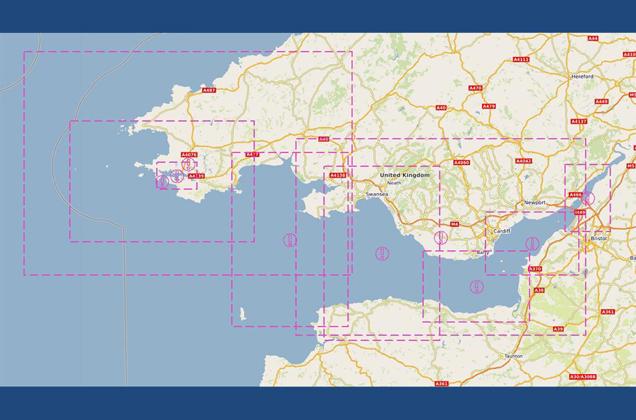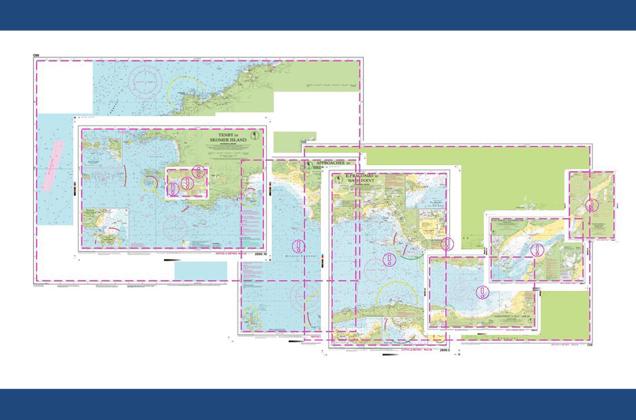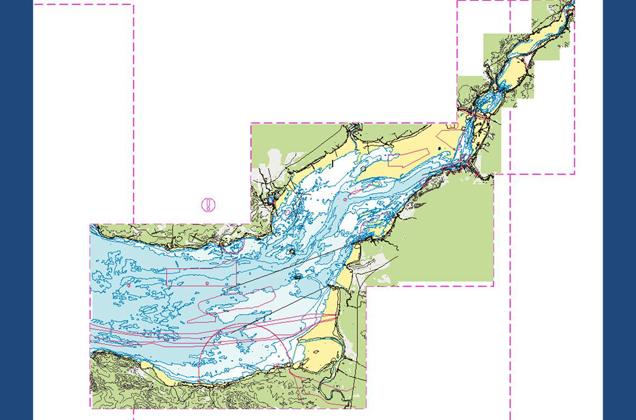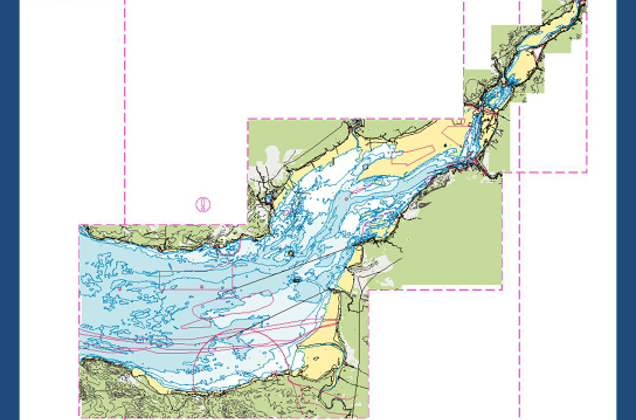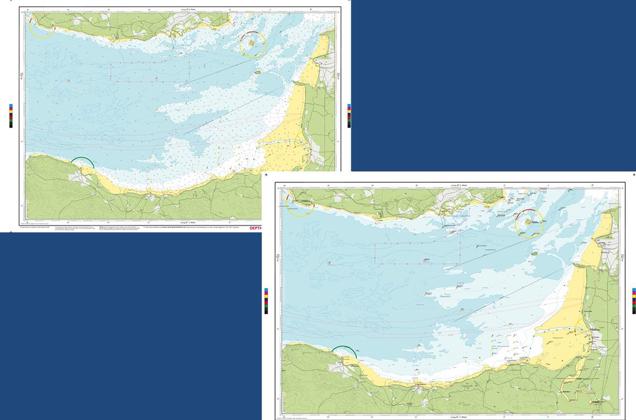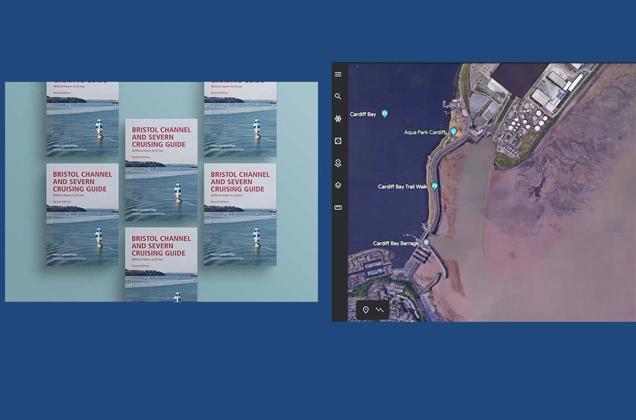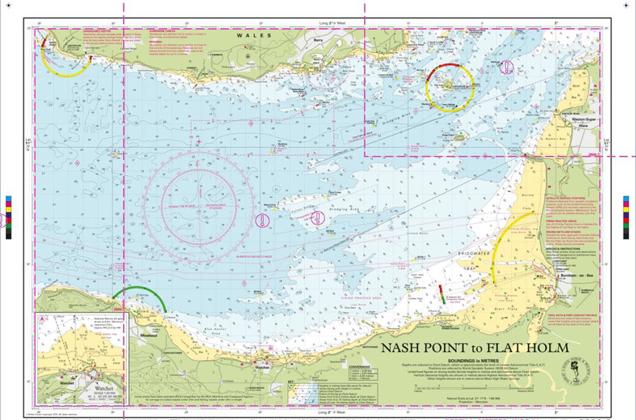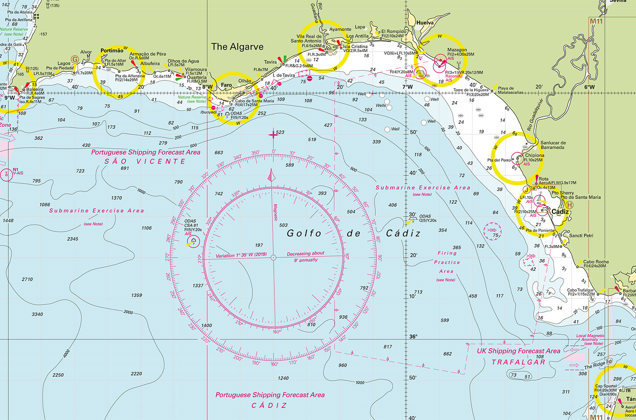There’s a common perception that Imray charts are simply the same information as official charts but re-packaged or recoloured.
However, we have close ties with the UKHO and other hydrographic offices worldwide, and licence data from them. But we tailor the official hydrographic office data – which is primarily aimed at commercial shipping – to make it even more useful for small craft.
We add verified small craft information to our charts and present everything at more appropriate scales for the small craft navigator. There’s an emphasis on coastal and harbour detail.
We use an intuitive colour scheme - green for land, dark blue for deep water, pale blue for shallow, yellow for sand and drying areas.
This customised combination of official data and small craft information is what makes Imray charts so useful. We're also the only independent producer of charts to be recognised by the Maritime and Coastguard Agency for use on coded and fishing vessels under 24m.
